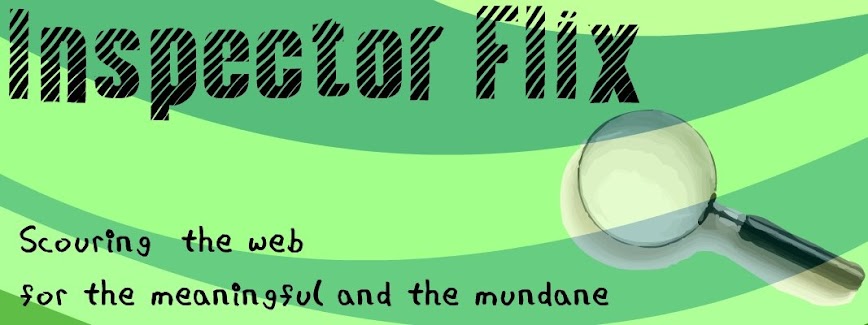I love traditional books. Reading a book is an experience in and of itself: feeling the texture of the paper, flipping each page as you go along, hearing the sound that the pages make as you flip them, smelling the irresistible scent of paper.
However, having your books stored in one gadget is can be a real convenience. Sometimes, I want to jump from one book to the next. I really cannot do that with traditional books, especially when I am not at home, unless I bring all my books with me. That is why I am drawn to ebooks.
Before, I used to read ebooks through my laptop. But reading from the computer was not really comfortable for an extended period. I was better off reading traditional books.
I then discovered that I could read ebooks from my Palm Pilot (and later, Treo), but the
apps and ebook formats were limited.
When I had my Android phone, I read my ebooks from there, thanks to a growing number of apps and ebook formats. Right now, the larger screens of tablets offer more real estate for ebooks.
However, there are drawbacks from reading ebooks in your phones and tablets. The battery life of these gadgets are limited, so you have to constantly plug these. The multifunctionality of these gizmos can also be a distraction from your reading, as it is very easy to switch from one app to the next.
That is why if you really want to enhance your reading experience, having a dedicated gadget such as an ebook reader like Kindle or Nook is the way to go. It may only do one thing, but it serves its purpose very well.
Right now, the best ebook reader for me is the
Kindle Paperwhite.
It has a long battery life, it is lightweight, and it lets you read under direct sunlight (something that you really cannot do with phones or tablets without cranking up the brightness to max, draining your battery in the process). You can also read at night, thanks to its built-in light.
Amazon has had a lot of experience in what consumers look for in an ebook reader; its Kindle Paperwhite has ticked all the requirements of what an ebook reader should be, making it the best out there.

